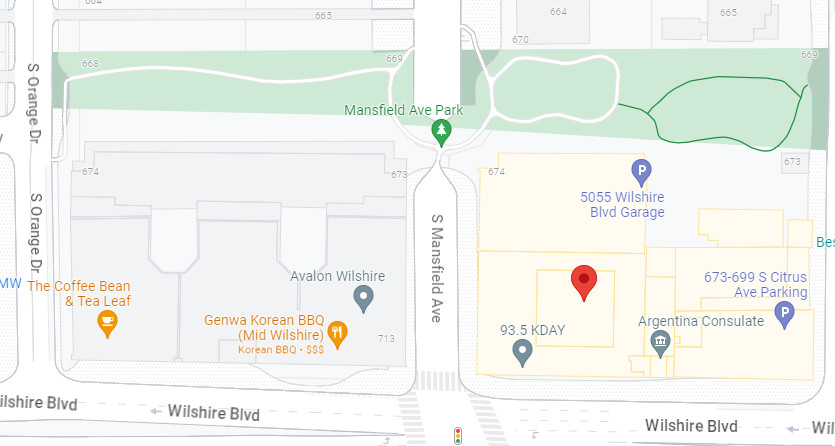Be. Well. Do You Have High Blood Pressure? The Next Time You Visit the Doctor, Know What the Numbers Mean.
If you’ve ever visited a doctor, blood pressure is a term with which you’re quite familiar—one so routinely mentioned that you may not give much thought to the impact those numbers can have on your overall health. Blood pressure, when high, is referred to as hypertension, a potentially life-threatening condition that, for most, shows no symptoms until it has been present for an extended period of time. This is why it’s important to understand what your blood pressure readings mean so that you can accurately track them and adjust your habits accordingly before more drastic measures are needed.
What Do the Numbers Mean?
When blood pressure is normal, the force of your blood pumping through your arteries helps your organs and tissues get the oxygen and nutrients they need to function properly.
When someone has hypertension, the elevated pressure of the blood causes the heart to work harder to pump. Concerningly, the added heart stress and excess pressure, though damaging to the body, often go undetected. Symptoms, which could include headaches, chest pain, nosebleeds or dizziness, may only appear once the condition has been present for some time and has progressed.
If left untreated, hypertension can lead to stroke, heart failure, aneurysms, kidney failure, vision loss and other life-threatening conditions.
| FOUR BLOOD PRESSURE CATEGORIES | |
|---|---|
| Normal | less than 120/80 |
| Elevated | 120 to 129/less than 80 |
| Stage 1 hypertension | 130 to 139 for top number OR 80-89 for bottom number |
| Stage 2 hypertension | 140+ for top number OR 90 or higher for bottom number |
| Seek emergency medical help if your blood pressure is higher than 180/120. | |
Am I At Risk of Hypertension?
While some risk factors for hypertension may be inherited and/or physical, others can be related to your lifestyle or medication. Whatever the case, having any of the risk factors below means you should pay extra attention to monitoring your blood pressure regularly:
- Obesity
- Stress
- Are age 60 and older
- Lack of exercise
- Smoking
- Pregnancy
- Use of prescription drugs (e.g., birth control pills), pain relievers, recreational drugs
- Kidney disease
- Obstructive sleep apnea
Regardless of whether you have these risk factors, elevated blood pressure, or stage 1 or 2 hypertension (refer to the table, FOUR BLOOD PRESSURE CATEGORIES above), there are steps you can take to prevent and treat this condition.
Hypertension Prevention and Treatment
Preventing hypertension typically centers around healthy living habits such as the following:
- Follow DASH diet;
- Avoid excess salt in your diet;
- Get a combination of moderate and vigorous aerobic activity each week;
- Maintain a healthy weight;
- Avoid smoking and excessive alcohol consumption;
- Prioritize sleep; and
- Manage stress.
These habits (along with medication in some cases) are also used to treat the condition.
Takeaways – Hypertension Often Appears Without Warning
If you believe you may be at risk of hypertension, it’s important to check your blood pressure and to seek medical advice. Hypertensive patients may be at risk of severe complications, making it more important to practice healthy lifestyle habits and to regularly monitor your blood pressure..
You can have your blood pressure checked at a doctor’s office, at pharmacies equipped with digital blood pressure readers or at home using your own pressure monitor. For tips on getting an accurate blood pressure reading, visit www.heart.org/-/media/Files/Health-Topics/High-Blood-Pressure/measuringbpathome.pdf.
The Health Plan, like most insurance companies, is required to cover blood pressure screenings for covered participants ages 18 and older at 100% of cost when provided by a network doctor as part of its Preventive Care services.


 OFFICE LOCATION & HOURS:
OFFICE LOCATION & HOURS:
 MEETING INFORMATION:
MEETING INFORMATION: FAXES:
FAXES: